

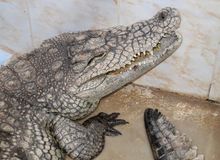
Its meaning has been a subject of debate among translators since ancient times, as it is a mythical monster common to many Semitic mythologies.
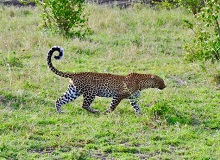
The Bible mentions the leopard several times with the Hebrew term namer, which means literally “the spotted beast”.
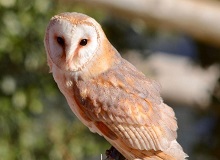
It is estimated that a couple of owls can eliminate up to two thousand mice per year.
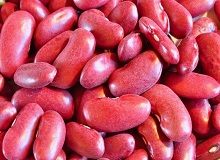
The regard in which they were held can even be seen in some of the names that were given by the Romans: Fabius comes from the Latin word Faba, meaning bean: Cicero comes from cicer, meaning chickpea.
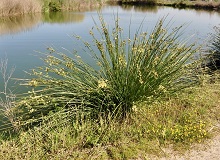
When she could hide him no longer, she got a papyrus basket for him and coated it with tar and pitch. Then she placed the child in it and put it among the reeds along the bank of the Nile. Exodus 2:3
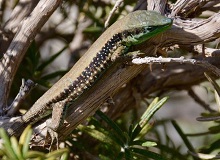
There are some forty thousand subspecies scattered throughout the world. All of them are cold-blooded reptiles, whose body temperature depends on their environment.
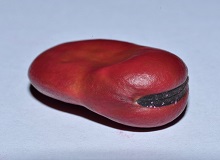
Beans (Vicia faba) formed part of the Hebrews’ staple diet. During hard times and famine, they would mix beans with cereals in order to make coarse bread.

Fig-trees appear more than forty times in the Bible, while the fruit of the tree is mentioned some twenty times.

In the Holy Land alone, there are some 90 types of herbaceous plants, each divided into hundreds of different subspecies.

The hyena was a common animal in the Holy Land in the Biblical era, and even today it can still be seen.

One Biblical term for “the worm that does not die” is the mentioned Greek term, skólex, which appears in the New Testament to refer to Hell, or the permanence of eternal death.

The bird is famous for its dances, and its up to five-metre leaps in air when they gather in small groups, in a sort of social recognition ritual.

Certain food agencies are considering the possibility that in the future insects could become the main source of protein for humanity. The Bible envisaged this scenario thousands of years ago.

A pair of swallows can clock up as many as a thousand flights in search of little mud-balls until their nest is complete.

The first evangelical congress on childhood and family was held in Madrid. Pictures of the event, November 1-2.

The Hebrew term shajaph, translated as “seagull” in the Old Testament, literally means “thinness”.

The Hebrew word anaphah, which appears in the list of impure animals (Lv. 11:19; Dt 14:18), refers to herons, which are large, elegant, long-necked aquatic birds.

Archaeological excavations have shown very old representations of roosters have been found in the Holy Land, specifically in Tell el Nasbeh and Gibeon.

Originating in Persia, this plant can still also be found growing in the region between Syria and India. It is a large herbaceous perennial bush.

The term “gazelle” appears on numerous occasions in the Bible, especially in relation to the Jewish peoples nutritional prescriptions. But it also appears as a symbol of lightness of foot and speed.

Many commentators believe this to be the flower that Solomon referred to as “the lily of the valley” in the Song of Songs.

Honesty, nobility and dependence on the Almighty are always the characteristic features of those who are being shaped and used as vehicles of His divine will.

Spelt (Triticum spelta) is much older than wheat (Triticum aestivum) and was therefore the variety that was best known and most widely used in Bible times.

The Bible only mentions ebony once, in the book of Ezekiel.

The psalmist alludes to the tall cypress trees that supported the heavy nests of the storks to highlight the way God cares for his creation.

Las opiniones vertidas por nuestros colaboradores se realizan a nivel personal, pudiendo coincidir o no con la postura de la dirección de Protestante Digital.